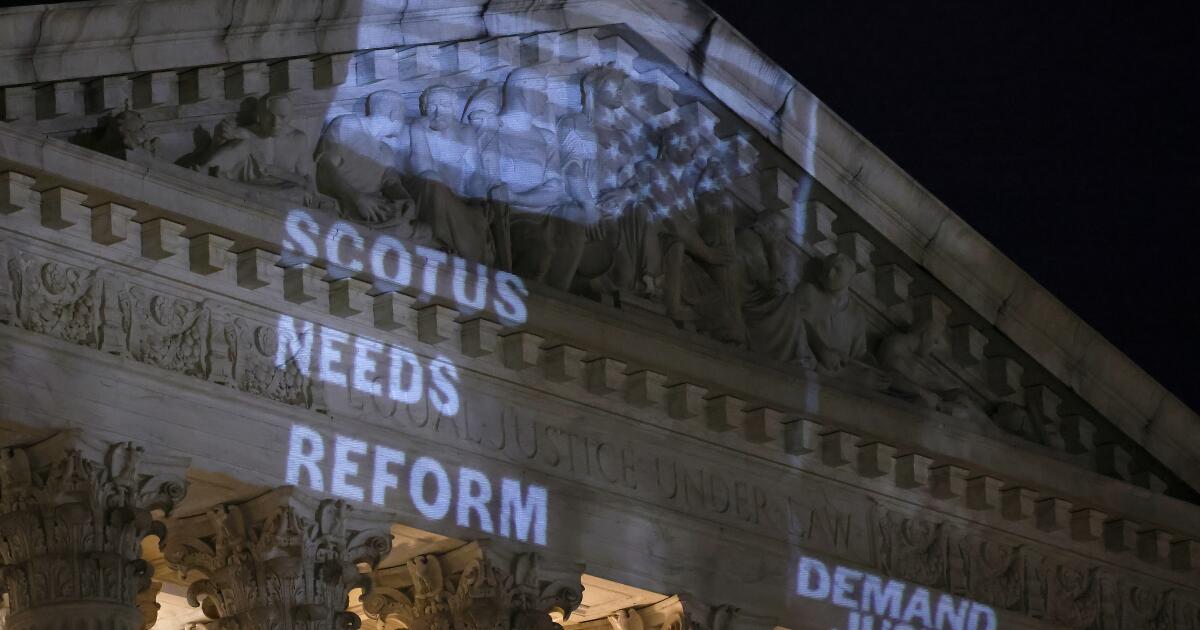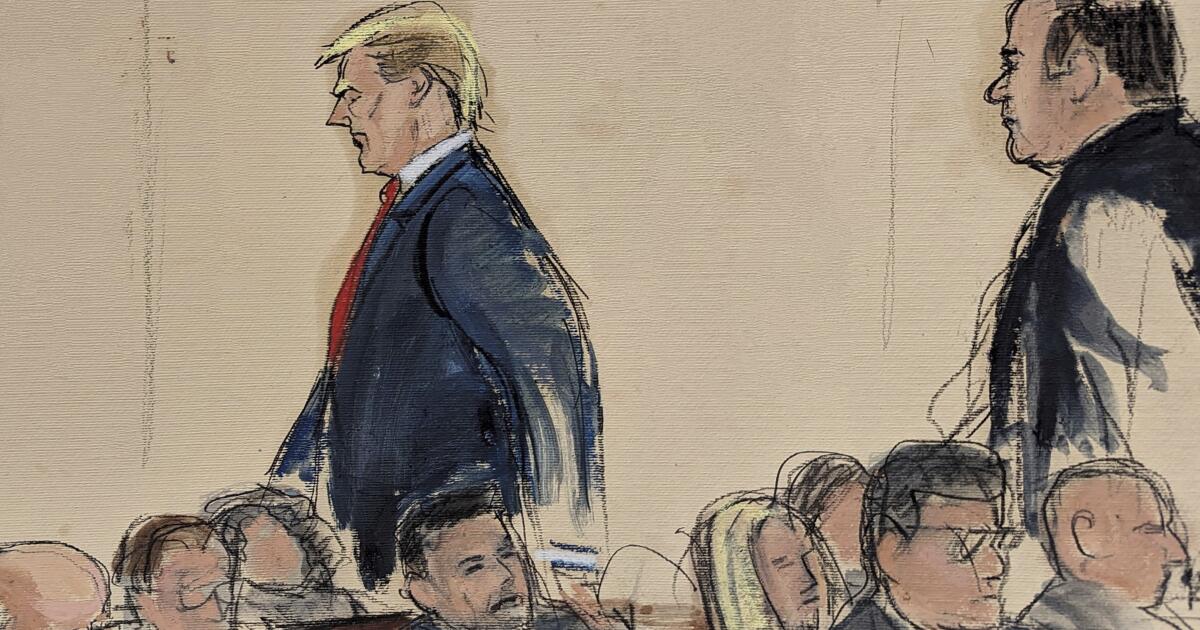Book review
The Tank Glass Glass: A Family History as The American Story, 1790-1958
By David Levering Lewis
Penguin Press: 368 pages, $ 35
If you buy linked books on our site, The Times can get a commission from Bookshop.org, whose rates support independent libraries.
Anyone who has embarked on a search for their ancestors knows the feeling of just wanting more: more knowledge, more information, more tests of lived lives. Who were these long people, beyond a trace of census records, wills and marriage licenses? What did they care? What forces of history molded them?
The author and historian David Lewis, Lewis, twice winner of the Pulitzer Award for his biographies of black intellectual pioneer Dubois, has spent his life undermining the past, but his knowledge of his own family line was incomplete. With more than a dozen books and most of the life behind him, paleando, 88, he decided to change that, undertaking a trip to claim his family history and anchor it in the history of African Americans in this country. He obtained more than he expected.
The story that Lewis tells “The Stank Glass Glass” was inspired by an old window in an Atlanta church, a portrait of a mother and a child modeling about the characteristics of her maternal grandmother. That grandmother, Alice King Bell, was raised in the vital and historically significant black community of Atlanta and was known and remembered by her family. But as Lewis went back in time, he found ancestors whose stories had never been completely told. His task tested the limits of his experience, so he received a greater help from an expert genealogist, who helped him interpret the results of genetic tests.
With that recently available information was a surprise. Lewis, an African -American, discovered that he had at least three white ancestors, the legacy of the slave era, when white slaves forced black women to sexual relations. In a revelation that “reduced me to several days of incoherence,” he learned that one of his great -grandparents, James W. Belvin, was white, and that despite having a white wife and children, Belvin had engendered five children with The author. enslaved great -grandmother Clarissa King. White, enslaved black people, color -free people: they all formed the family mixture of Levering, a group of people whose lives personified the lives of black Americans from the end of the 17th to the 20th century. This personal road map gave him a frame to tell the history of African Americans of all social classes and skin tones, from pre -colonial times to the 1950s.
In many ways, it is a brutal story: the terrors of slavery, violence and injustice of reconstruction, the accelerator after the reconstruction of black rights and opportunities that caused many of Lewis's ancestors to flee south. It is also a story of immense courage, determination and determination. The most revealing thread, in terms of what black citizens have suffered and achieved, refers to their family based in Atlanta.
At the end of 1800, Lewis's white great -grandfather, Belvin, in Declive health, bought a property of Clarissa King in Atlanta and stipulated that he should remain in his family. This allowed Clarissa and her family to flee from Georgia Rural and move to the most vital African -American community in the south, one that finally produced both Lewis's father, a minister and president of the University, and her mother, a teacher, artist and strength social in the community.
Atlanta liked to call herself the “city too busy to hate”, but its power structure even challenged the most resolved of its African -American citizens. The black Atlantos were continually denied paths towards the opportunity and achievement. The history of deliberate negligence and the sub -financing of black education, which Lewis tells with unbearable details, is shocking and painful. A division between the black professional class and the black working class hindered the community's ability to unite and form a political force. Lewis is cunning about the way in which the middle and high -class black residents, many of them with a mixed race, protected their own resources and did not shake to obtain full rights for all blacks until they were dragged by the unstoppable tide of rights of rights civilians Movement of the 1950s and 1960s.
But in general, this is a story of strength, resistance and generosity. After Lewis's struggles to raise money for hungry cash that he directed, I wondered about the source of his courage and tenacity. Perhaps he was paying forward the generosity of the two aunts of Levering, who worked long hours and discouraging jobs to help finance the education of his father and uncle. The horrible violence unleashed black Americans in the south (lashes, beatings, burns, shootings, lynchings) in the name of denying participation in the American democratic experiment shows how essential the voting rights are and how easily they can be removed.
Lewis brings to this book his passion for history and his experience in the investigation of little known nuances of African -American history: the heads of black slaves in South Carolina; the situation of free people in the south; The way in which a reaction of a 19th -century slave revolt drowned with the freedoms gained with so much effort that blacks enjoy free.
As is the case, Levering's strengths are also their weaknesses. You can tell a fascinating story, but sometimes the narrative is bogged down by appointments and attributions. As history advances to that of their immediate relatives, it becomes a type of testimony that mentions all who touched them: fellow ministers, brotherhood sisters, institutional colleagues. It is about resembling a written family history for a limited audience, instead of the widest American saga of the previous sections of the book.
Despite these limitations, “the stained glass window” is an important achievement in its reach, scope and reconnection with the past. Perhaps just a Pulitzer winner twice of 88 years could have brought the necessary skills and perspective to the task. If Lewis felt that a debt owes his family when writing this book, consider that the debt reimburses, with interests.
Mary Ann Gwinn, a Pulitzer prize -winning journalist who lives in Seattle, writes about books and authors.












